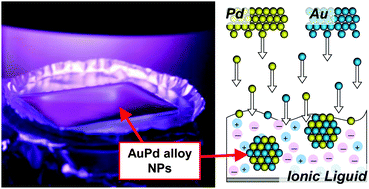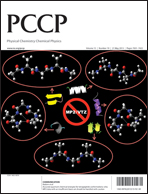Composition-dependent electrocatalytic activity of AuPd alloy nanoparticles prepared via simultaneous sputter deposition into an ionic liquid†
Abstract
Homogeneously alloyed bimetallic particles of AuPd with an average size of ca. 2 nm were successfully prepared by simultaneous


 Please wait while we load your content...
Please wait while we load your content...